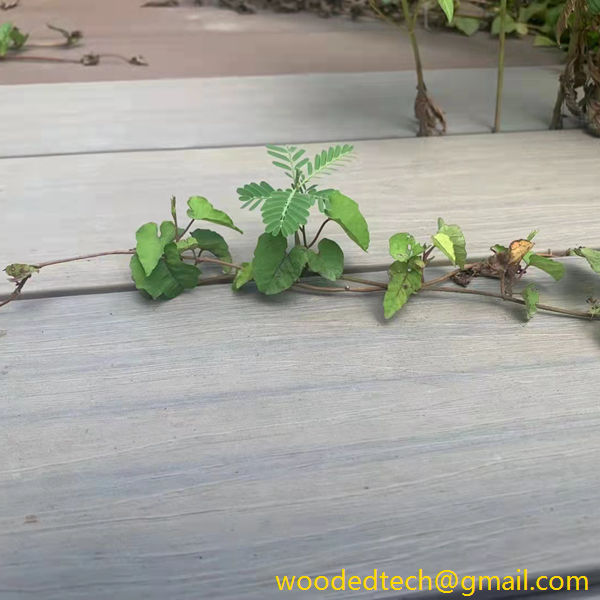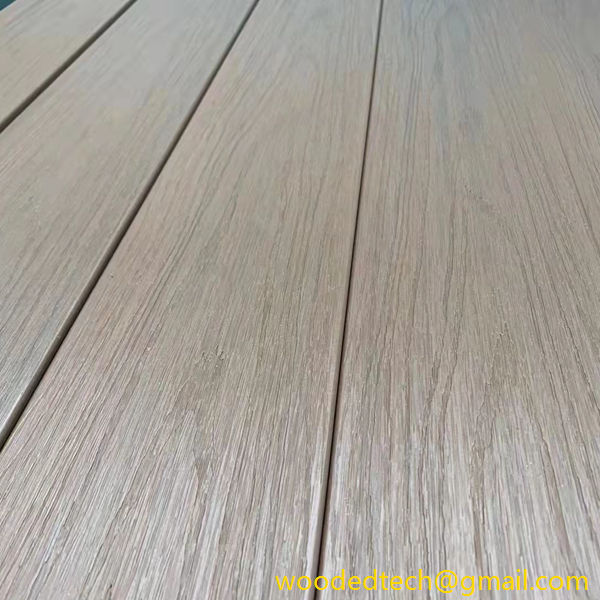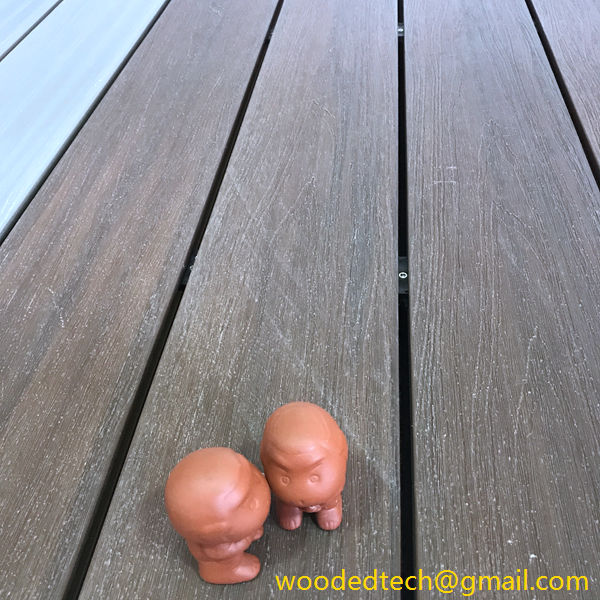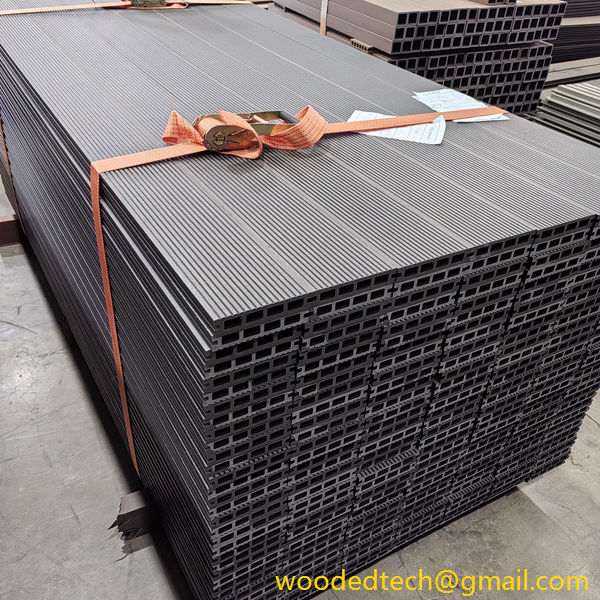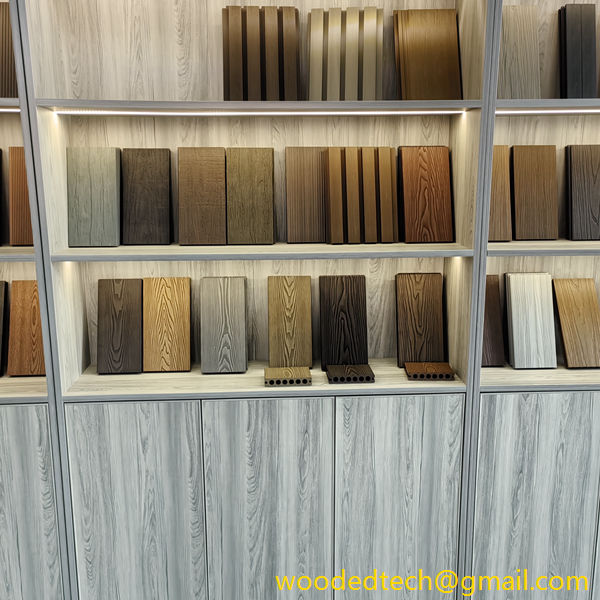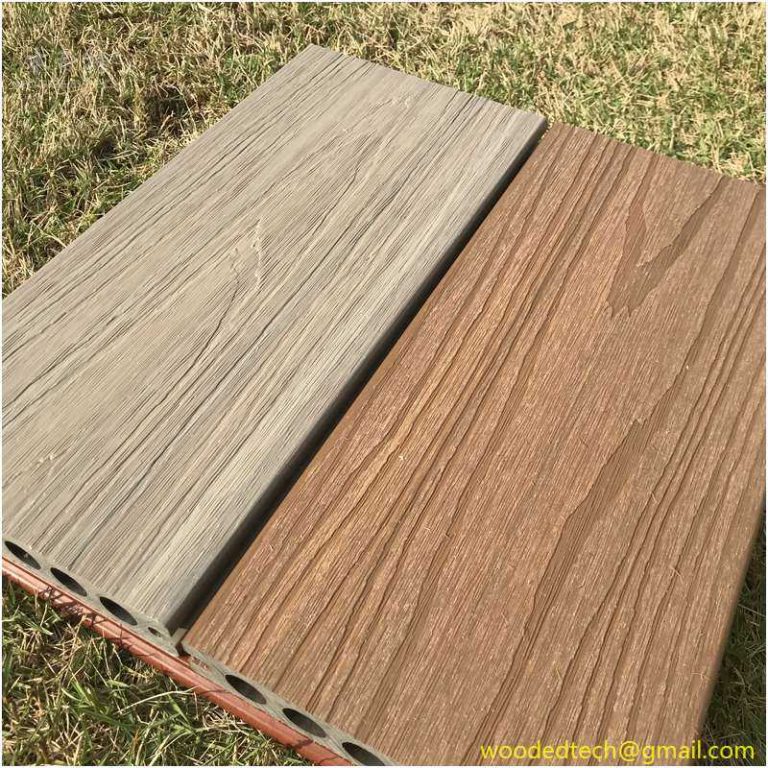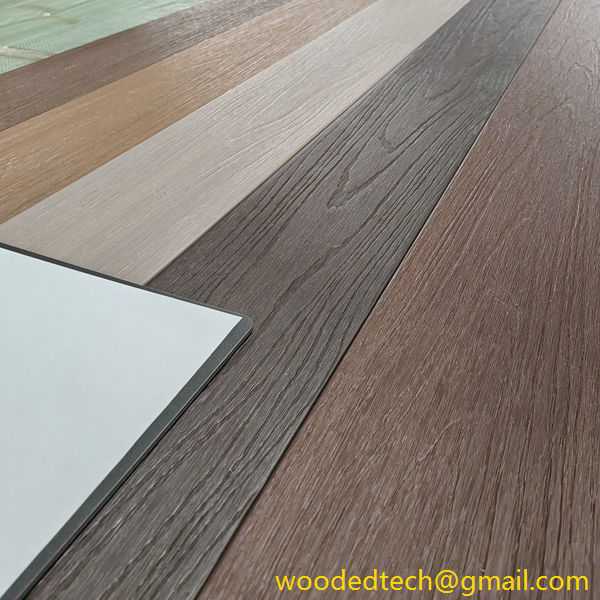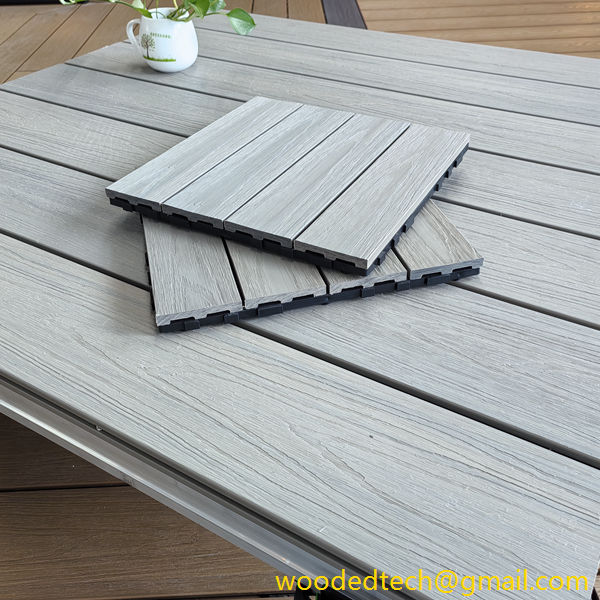舊式複合材質露台對於永續性專案的好處
舊複合露台板用於永續性專案的好處 舊複合露台板是一種常被忽略的材料,它對永續性建築專案有許多好處。隨著全球越來越重視生態友善的作法,了解複合露台板等材料再利用與再利用的優點,將可大大促進建築與景觀美化的永續發展。本文將探討...
舊式複合材質露台對於永續性專案的好處
Old composite decking is an often overlooked material that offers numerous benefits for sustainable building projects. As the world increasingly prioritizes eco-friendly practices, understanding the advantages of reusing and repurposing materials like composite decking can significantly contribute to sustainability efforts in construction and landscaping. This article explores the reasons why old composite decking stands out as a valuable resource for environmentally conscious projects.
One of the primary benefits of old composite decking is its durability. Composite materials are engineered to withstand the elements, making them resilient to weather conditions, pests, and decay. While traditional wooden decks may require frequent replacement or extensive maintenance, composite decking can last for decades. This longevity not only saves money in the long run but also reduces the frequency of material disposal and the demand for new resources. By repurposing old composite decking, builders and homeowners can extend the life cycle of this material, minimizing waste and promoting a circular economy.
Another significant advantage of old composite decking is its low maintenance requirements. Unlike wood, which often needs painting, staining, or sealing to maintain its appearance and structural integrity, composite decking is designed to resist fading, staining, and mold growth. This ease of maintenance translates to fewer chemicals and resources used over time, further contributing to environmental sustainability. Moreover, when old composite decking is reused, it alleviates the need for new treatments and coatings, thereby reducing the overall environmental impact.
The versatility of old composite decking is also worth noting. It can be repurposed in various ways beyond traditional decking applications. Creative builders and DIY enthusiasts have found innovative uses for old composite decking, including garden walkways, raised garden beds, furniture, and even decorative elements in landscape design. This adaptability allows for a more sustainable approach to construction, as it encourages the creative reuse of materials that might otherwise end up in a landfill.
In addition to its practical benefits, old composite decking can also contribute to the aesthetic appeal of a project. Many composite materials are designed to mimic the appearance of natural wood, offering a visually appealing option that enhances the beauty of outdoor spaces. When repurposed, old composite decking can be integrated into designs that maintain a cohesive look while still making use of previously discarded materials. This aesthetic value can elevate a project while promoting sustainable practices, demonstrating that eco-friendly choices do not have to compromise style or visual appeal.
Furthermore, the environmental impact of producing new materials can be significant. The manufacturing process for composite decking often involves the use of recycled plastics and wood fibers, which is a positive step towards sustainability. However, the energy and resources consumed in the production of new materials still contribute to carbon emissions and environmental degradation. By utilizing old composite decking instead, the need for new manufacturing is reduced, leading to lower overall carbon footprints in construction projects. This aspect is particularly relevant in an era where reducing greenhouse gas emissions is crucial for combating climate change.
Another important consideration is the economic aspect of using old composite decking. In a time when budget constraints are common in both residential and commercial projects, repurposing can lead to substantial cost savings. Old composite decking may be available at a fraction of the cost of new materials, allowing builders and homeowners to allocate their budgets more efficiently. This financial advantage can also encourage more people to pursue sustainable options, as the economic viability of such materials becomes increasingly apparent.
Moreover, using old composite decking aligns with the principles of sustainable design, which emphasize minimizing waste and maximizing resource use. The practice of reusing materials not only reduces the demand for new products but also inspires a culture of sustainability within communities. By showcasing the potential of repurposed materials, builders and homeowners can lead by example, encouraging others to consider sustainable options in their projects.
In conclusion, old composite decking presents a wealth of benefits for sustainable building projects. Its durability, low maintenance, versatility, aesthetic appeal, and economic advantages make it an ideal choice for environmentally conscious construction. By embracing the use of old composite decking, builders and homeowners can significantly reduce waste, lower carbon footprints, and inspire a culture of sustainability. As the construction industry continues to evolve towards more sustainable practices, the potential of repurposing materials like old composite decking should not be underestimated. Emphasizing the richness of this material not only enhances the aesthetic and functional qualities of a project but also plays a vital role in promoting a greener future for our planet.

